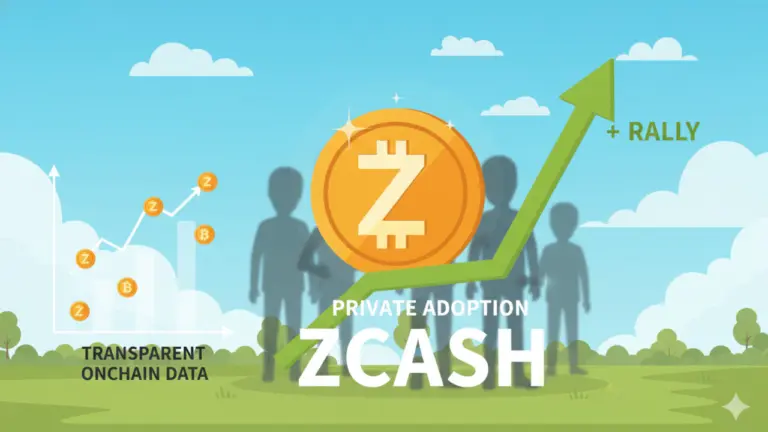Bitcoin has staged a significant rebound, climbing above the $91,000 mark on Friday, November 28, 2025, as market sentiment shifts on heightened expectations for a Federal Reserve interest rate cut in December. The world’s largest cryptocurrency was trading around $91,615, marking an over 8% gain this week after a challenging period that saw its value dip to near $80,000.
The recovery comes after Bitcoin experienced a steep 30% to 36% correction from its October peak of over $126,000, which had temporarily erased all its 2025 gains. Analysts are closely watching renewed institutional interest and macroeconomic signals, which appear to be driving the current upward momentum.
Monetary Policy Fuels Rebound
A primary catalyst for Bitcoin’s recent surge is the escalating probability of a Federal Reserve rate reduction in December. The CME FedWatch tool now indicates an 84% to 87% chance of a 25-basis-point cut, a substantial increase from approximately 30-39% just a week prior. This dovish outlook from the U.S. central bank tends to bolster “risk assets” like Bitcoin by enhancing liquidity and encouraging investment flows, weakening the U.S. dollar in the process.
According to Vincent Liu, Chief Investment Officer at Kronos Research, the current movement in Bitcoin is characterized as a technical rebound, supported by a broadly elevated risk appetite across markets.
Institutional Engagement and Market Dynamics
Despite record-breaking outflows from U.S.-listed spot Bitcoin Exchange-Traded Funds (ETFs) earlier in November, totaling $3.79 billion, renewed institutional inflows are now contributing to the rebound. Firms such as MicroStrategy and Metaplanet continue to adopt Bitcoin treasury strategies, collectively holding over 1 million BTC valued at approximately $117 billion as of late September, highlighting growing corporate adoption.
The Coinbase Bitcoin Premium Index, which had remained negative for 22 consecutive days, has also shown signs of recovery, suggesting an easing of selling pressure from U.S. institutions. Analysts view this as a crucial reversal signal, often preceding sustained upward trends when combined with improvements in funding rates and ETF inflows.
Seasonal Trends and Future Outlook
Market observers also point to historical seasonal patterns. Jonathan Krinsky, chief technical strategist at BTIG, noted that Bitcoin typically bottoms around November 26th and experiences a strong tailwind into year-end, based on a 2015-2024 historical pattern. This seasonal bullishness aligns with the current market performance.
Looking ahead, some analysts project Bitcoin could test the $100,000 level in the near term. Equiti, in its Q4 2025 outlook, suggested Bitcoin could reach between $158,000 to $180,000 by year-end, driven by sustained ETF growth and its established digital store-of-value narrative. However, the cryptocurrency market remains highly volatile, and its trajectory is subject to ongoing macroeconomic conditions and regulatory developments.






